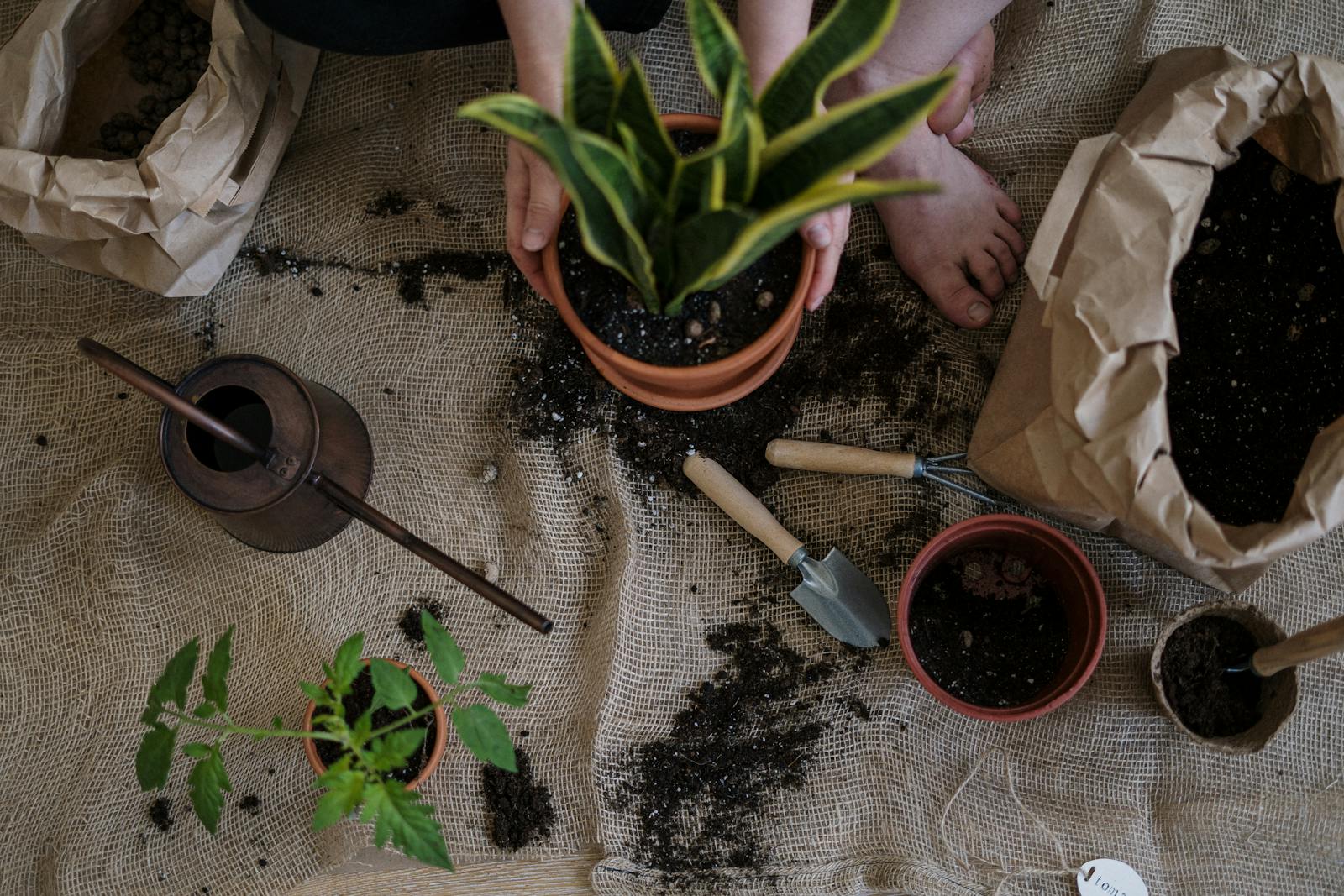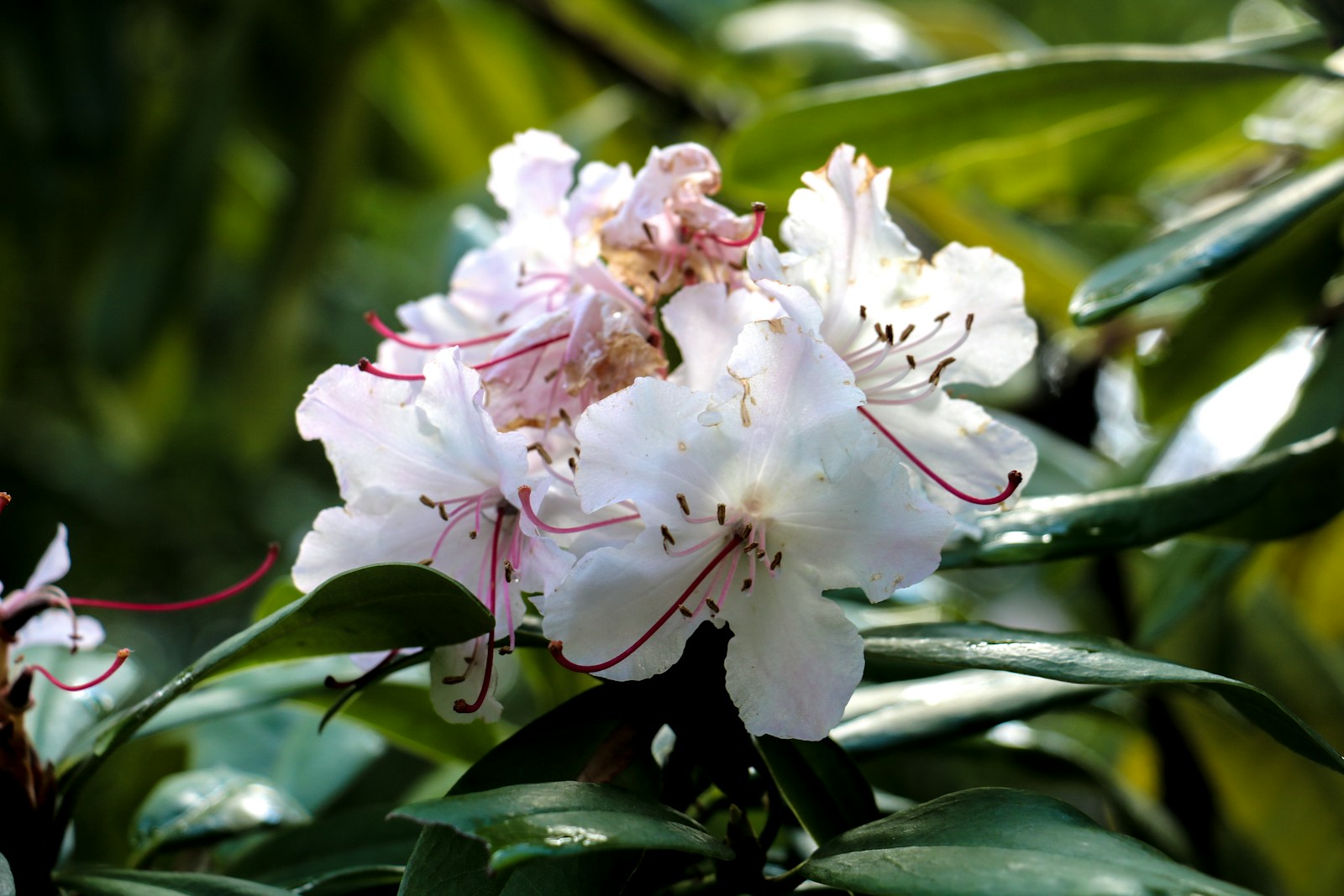Fall Garden Cleanup and Preparation Guide
Begin with a Garden Inventory
Start by walking through your yard to assess what has thrived and what needs improvement. Note which plants are still productive and which have completed their life cycles. Identify areas with pest damage, fungal problems, or overcrowding. This inventory provides direction for cleanup, reorganization, and potential crop rotation strategies next year.
Remove Spent Annuals and Weeds
Annual plants that have completed their lifecycle should be pulled and composted, unless diseased. Clearing them prevents overwintering pests and reduces fungal risk. Weeds should also be removed completely, including roots. Tidying up now means fewer problems to battle come spring, and it helps maintain a tidy appearance heading into colder months.
Cut Back Perennials Thoughtfully
Not all perennials need cutting back, so choose wisely. Trim plants that tend to harbor disease, such as peonies or hostas, and leave ornamental grasses or seed heads for winter interest and wildlife. Clean cuts made with sterilized tools prevent infection and allow perennials to focus on root development as they go dormant.
Divide and Transplant Where Needed
Early fall is ideal for dividing overcrowded perennials or relocating plants to better locations. Cooler temperatures reduce transplant shock, and moist soil encourages quick root establishment. Use a sharp spade to divide clumps and replant at the same depth. Water thoroughly and consider adding a layer of mulch for protection.
Clear Out Vegetable Beds
Once your final harvest is complete, remove dead vegetable plants and debris. Leaving them in place can invite pests and diseases over winter. Consider planting a cover crop like clover or rye to improve soil structure and prevent erosion. Alternatively, spread compost to prepare the beds for next season’s growth.
Enrich Soil with Organic Amendments
Fall is a great time to build healthier soil. Add compost, aged manure, or leaf mold to garden beds to restore nutrients depleted during the growing season. These amendments break down slowly over winter, enriching the soil structure and supporting microbial life. Mix thoroughly and water lightly to help materials settle into the soil.
Clean and Store Gardening Tools
Before winter sets in, clean all tools to prevent rust and disease transfer. Remove dirt with a wire brush, disinfect blades with alcohol, and sharpen edges. Once dry, store them in a dry place and apply a light coat of oil to metal parts for added protection. This step ensures your tools are ready when spring arrives.
Protect Delicate Plants from Frost
Tender perennials or late-blooming annuals may need extra protection. Use burlap, straw, or frost cloths to cover vulnerable plants when temperatures dip. Potted plants can be moved into sheltered locations. Taking early steps can extend the life of these plants and reduce damage from sudden cold snaps.
Drain and Store Irrigation Equipment
Garden hoses, drip lines, and timers should be drained to prevent freezing damage. Disconnect and coil hoses loosely to avoid kinks, then store them indoors or in a shed. Irrigation controllers and backflow preventers should also be shut off or insulated. Winterizing your water systems saves time and money on repairs next spring.
Mulch for Winter Protection
Apply mulch around the base of perennials, shrubs, and young trees. This insulates the soil, regulates temperature, and prevents heaving caused by freeze-thaw cycles. Use materials like shredded leaves, bark, or pine straw. Avoid placing mulch directly against stems or trunks to reduce the risk of rot and rodent damage.
Plant Spring-Blooming Bulbs
Fall is the ideal time to plant bulbs like tulips, daffodils, and hyacinths. These need several weeks of cold to develop roots before spring. Choose a sunny location with well-drained soil. Plant at a depth three times the bulb’s height and water after planting. A light mulch layer can prevent frost from disturbing them over winter.
Rake and Recycle Fallen Leaves
Instead of bagging leaves for disposal, repurpose them as mulch or compost. Shred leaves with a mower or leaf shredder to speed decomposition. Spread them over garden beds or add to your compost pile. Leaf mold, made from decomposed leaves, is a powerful soil conditioner that improves texture and water retention.
Maintain Lawn Health Before Frost
Give your lawn a strong finish by applying a fall fertilizer rich in potassium and phosphorus. These nutrients strengthen roots and improve resilience. Mow one final time before the first freeze, keeping blades high to protect grass crowns. Overseed thin spots to boost density in spring and deter weed growth.
Check for Structural Repairs and Pests
Inspect fences, raised beds, trellises, and other structures for signs of wear. Tighten, repair, or replace as needed before snow or ice worsens damage. Also look for burrows, nests, or gnawing that suggest rodent activity. Taking action now prevents costly surprises when you restart the garden next year.
Document and Plan for Next Season
Wrap up your fall garden cleanup by recording successes and challenges. Note which plants thrived, when pests appeared, and what maintenance worked best. Take photos for reference and sketch new layout ideas. Planning now makes spring more productive and gives your next growing season a strong foundation. Additionally, research and compile fall garden planting tips to ensure a fruitful spring. Consider incorporating cover crops or mulching to enhance soil health over the winter. These practices not only protect your garden but also prepare it for a vibrant and productive season ahead.
Frequently Asked Questions (FAQs)
When should I start preparing my garden for fall?
Begin cleanup and preparation in late September or early October, before the first frost. This timing ensures plants have time to adjust and allows for transplanting or bulb planting.
Should I remove all dead plant material?
Yes, especially if plants show signs of disease or pests. Healthy materials can be composted, but diseased ones should be discarded to avoid spreading issues next season.
Can I leave mulch on garden beds over winter?
Absolutely. Mulch protects roots from temperature swings, reduces erosion, and suppresses early weed growth in spring. Just keep it clear from direct contact with stems.
How do I store bulbs I don’t plant this fall?
Keep unplanted bulbs in a cool, dry, and dark location with good airflow. Store them in paper bags or mesh containers to prevent mold and rotting.
What’s the benefit of documenting my fall cleanup?
Keeping records helps you improve each year. You’ll track what worked, remember crop locations for rotation, and plan for a more efficient spring startup.
© 2025 GardeningandDecor.com. All rights reserved.



